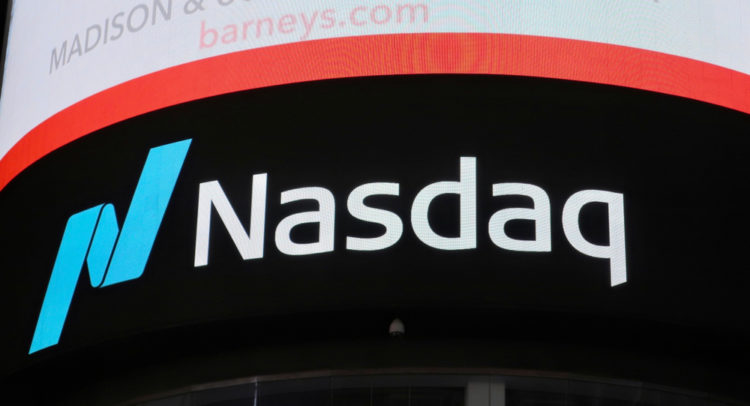The game has been changing in NASDAQ trading in recent weeks. Popular stocks failed to reach new highs, even as they reported strong earnings.
Elevate Your Investing Strategy:
- Take advantage of TipRanks Premium at 55% off! Unlock powerful investing tools, advanced data, and expert analyst insights to help you invest with confidence.
As a result, traders are selling rather than buying in the news, and the “buying the dips” mentality has been replaced by the “selling the peaks” mentality.
That’s a troubling pattern. Trade reversals usually signal the end of a bull market, and the beginning of a bear market.
For the last couple of years, the NASDAQ index was an excellent place to invest money in a low-interest-rate environment.
Popular stocks like NVIDIA (NVDA) and AMD (AMD) performed even better. Traders and investors had been cheering financial reports that confirmed the momentum behind these stocks.
Sell-offs were rare and followed by quick snapbacks, as market pullbacks were viewed as buying opportunities by the momentum crowd of investors. That was particularly the case in meme stocks, which have been popular with retail investors.
Since mid-November, this trade pattern has been broken. Instead, NASDAQ has been performing in an erratic fashion, where a sharp rise in one day is followed by a sell-off the next day and another sharp rise the third day.
Bellwether stocks like Adobe (ADBE) have been selling off, though it reported outstanding revenues and earnings growth, as has been the case for several quarters. Now though, investors seem to pay more attention to what the company is expected to report in the next few quarters than what it did in the past.
There are a couple of reasons. One of them is valuation. Adobe, for instance, trades at a forward P/E of 45.9 and a PEG ratio of 2.37, a hefty valuation even after the P/E is adjusted for the company’s high-growth potential.
Then there’s the Fed’s tapering and eventual tightening, which makes investors re-think valuations. Tapering and tightening will eventually take liquidity out of the economy, raise interest rates, and make risk assets like technology stocks less appealing to conservative investors.
For those who have been around Wall Street long enough, NASDAQ’s recent trading pattern begins to look like the dotcom era, when investors would cheer every corporate report that confirmed market momentum.
Momentum stocks doubled and tripled within days or even hours, and new market highs would follow minor market sell-offs. Until investors stop cheering corporate reports, that is, minor sell-offs turned into major sell-offs, bursting the dotcom bubble.
To be fair, market valuations today aren’t as stretched as they were back in 2000, at least for NASDAQ 100, which is dominated by companies with solid financials and strong economic fundamentals. For instance, companies like Google, Microsoft, and Facebook enjoy a near-monopoly position, making them very profitable. Meanwhile, these companies have strong free cash flow, which allows them to buy back their shares during corrections.
Then there’s the other side of NASDAQ, smaller companies with weak financials and economic fundamentals, rallying on momentum alone, driven by hype.
The trouble is that momentum comes and goes with cheap money and Washington politics. That’s why investors should keep an eye both on Washington, and the Federal Reserve.
Hype is never a good substitute for due diligence in prudent investing.
Disclosure: At the time of publication, Panos Mourdoukoutas owned shares of Microsoft, Google, and Facebook.
Disclaimer: The information contained in this article represents the views and opinion of the writer only, and not the views or opinion of TipRanks or its affiliates Read full disclaimer >
















